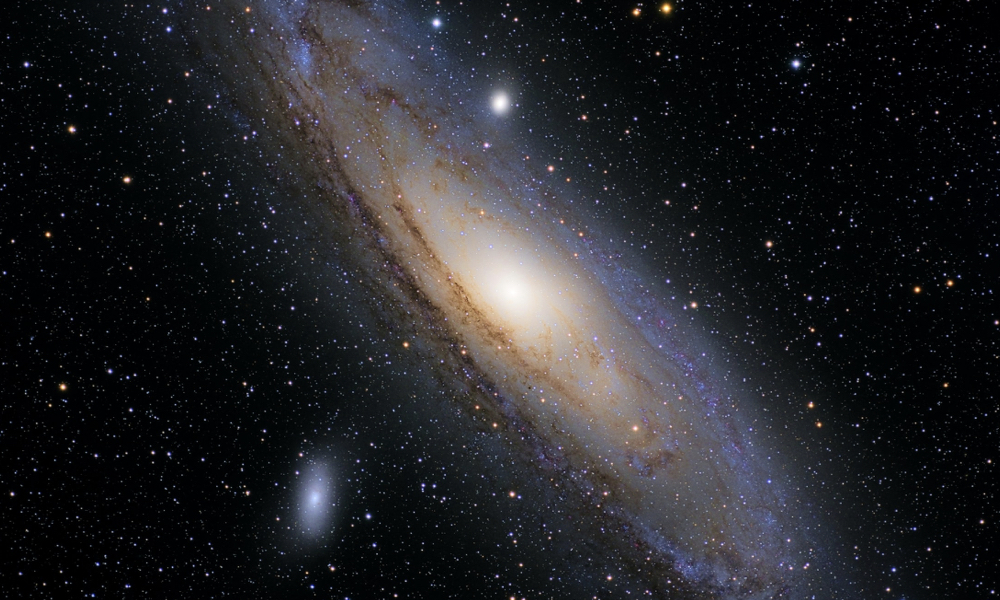
ESA Open Invitation To Tender AO8839
Open Date: 05/12/2016
Closing Date: 01/02/2017 13:00:00
Status: ISSUED
Reference Nr.: 16.1EE.11
Prog. Ref.: TRP
Budget Ref.: E/0901-01 – TRP
Special Prov.: BE+DK+FR+DE+IT+NL+ES+SE+CH+GB+IE+AT+NO+FI+PT+GR+LU+CZ+RO+PL+EE+HU
Tender Type: C
Price Range: 200-500 KEURO
Products: Satellites & Probes / Electronics / EEE Components / Monolithic Microcircuits (including MMICs) / Satellites & Probes / Electronics / EEE Components / Wires and cables / Satellites & Probes / On-board Data Management / On Board Data Management ¿ BB / Onboard Communcation (MIL-STD-1553, CAN, SpW, Sensor Bus, Wireless) /
Techology Domains: Electromagnetic Technologies and Techniques / EMC/RFC/ESD / EMC Modelling and Simulation / Electromagnetic Technologies and Techniques / EMC/RFC/ESD / EMC Test Techniques
Establishment: ESTEC
Directorate: Directorate of Technical & Quality Manag
Department: Electrical Engineering Department
Division: Electromagnetics and Space Environment D
Contract Officer: Ferreol, Audrey
Industrial Policy Measure: N/A – Not apply
Last Update Date: 05/12/2016
Update Reason: Tender issue
SpaceWire links (based on LVDS for the physical layer) are used extensively on-board Earth Observation, Science and Exploration spacecraft, in particular to transmit science data. MTG and Plato are typical examples out of many. The trend is to use higher data rates over longer cable lengths.More and more, the components used to drive SpW/LVDS links have a common mode offset voltage (Vos) significantly out of the range specified in the applicable LVDS standard TIA/EIA-644-A, thus potentially reducing the margin between the common mode offset at the SpW/LVDS driver output and the common mode range acceptable by the SpW/LVDS receivers. This margin is supposed to accommodate the ‘longitudinal’ common mode between driver and receiver. This ‘longitudinal’ common mode is due to electromagnetic interference.Currently, a great deal of analyses and testing is devoted to confirming the adequate functioning of the SpW links whenever the Vos is out of specification and Request For Deviations (RFD) have to be processed.The analyses, in particular, involve larges uncertainties, as:- for lack of better knowledge, the DC common mode criteria from the LVDS standard are applied over the whole range from DC up to the frequency of the SpW link of interest, which can be as high as 100 MHz- there is not one unique type of common mode, while all types have to be combined into a budget over a large frequency rangeTo address this issue, this activity will cover:- the modelling of the phenomena of interest: how do the various kinds of AC common mode interference degrade the signal integrity of SpW links- the definition of adequate test methods for SpW links immunity to AC common mode- a test campaign (characterization of the robustness of various SpW links against different kinds of common mode interference).The activity will conclude with establishing relevant common mode requirements and their verification.
If you wish to access the documents related to the Invitation to Tender, you have to log in to the ESA Portal.
